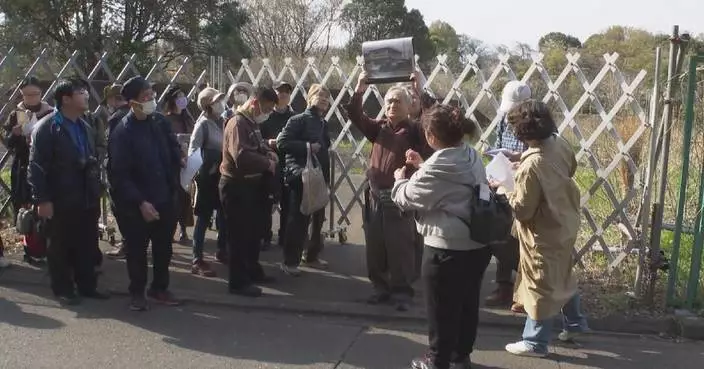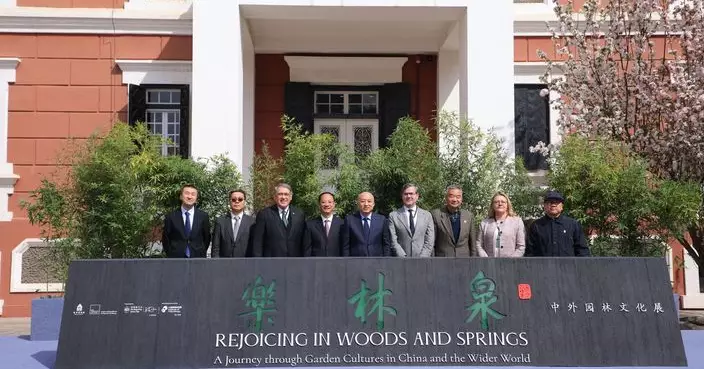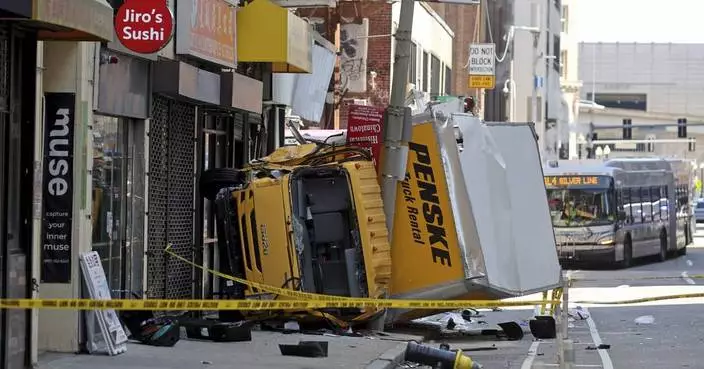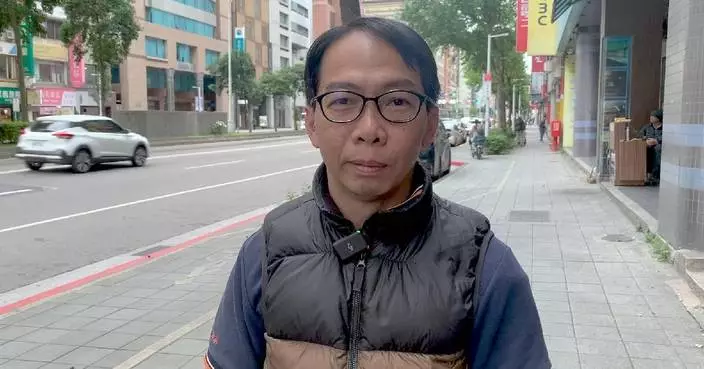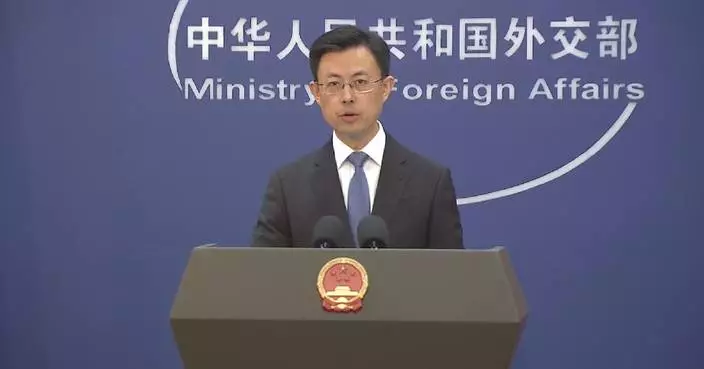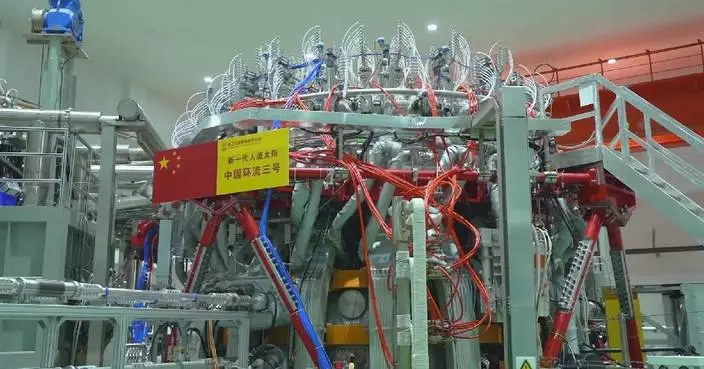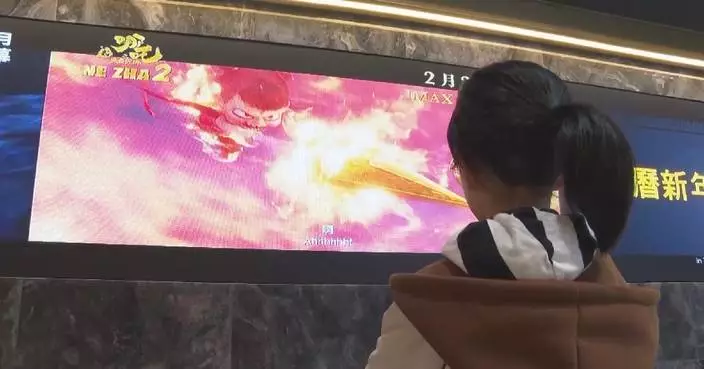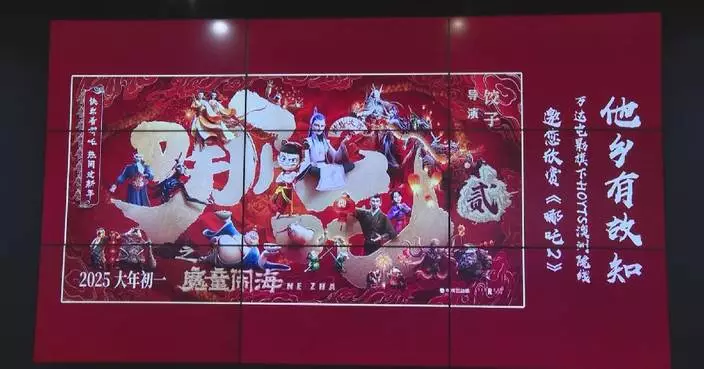The death toll from the worst-ever wildfires in South Korea's history had climbed to 30, with at least 40 others injured, as of 06:00 Saturday, according to the country's Central Disaster and Safety Countermeasures Headquarters.
Nearly 3,000 buildings were damaged in the infernos which had engulfed 48,000 hectares of land across the country since March 21. The fires have also led to the displacement of more than 6,800 people.
Latest footage from China Global Television Network (CGTN) showed extensive damage in an area of North Gyeongsang province, with gutted houses and debris strewn on the ground.
The country's forest service authority said the main blazes had been extinguished in Sancheong County of Gyeongsang province by 13:00 Sunday.

S Korea wildfires death toll rises to 30

S Korea wildfires death toll rises to 30

S Korea wildfires death toll rises to 30

S Korea wildfires death toll rises to 30
A Chinese artist drew inspiration from the ancient Zhaozhou Bridge, which is located in today's Hebei Province in north China, and which has a history of over 1,400 years, in creating an art installation in echo with the Belt and Road Initiative (BRI), showing China's unique philosophy of peace and friendship to the rest of the world.
The art installation, created in 2013 when the BRI was proposed, has been exhibited in many countries and regions, with its traditional Chinese cultural connotations resonating with visitors at the sight of it.
Shu Yong, creator of the artwork named "Golden Bridge on Silk Road," said he made the bridge-shaped installation because a bridge always means connectivity, which would endow his work with a meaning of the bridge between different cultures.
"For thousands of years, there has been a cultural consensus on bridges -- a bridge means connectivity. So, I chose to make it a bridge. Its meaning looks more explicit. Meanwhile, the structure and shape of a bridge bear historic meanings in different countries and different cultures," said Shu in an episode of China Media Group's cultural exchange program "Harmony in Diversity," which was aired on Saturday.
Shu said the Zhaozhou Bridge epitomizes fine traditional Chinese culture both in philosophy and in techniques, and his creative transformation of the cultural landmark has proven accessible to foreign visitors.
"The Zhaozhou Bridge is the oldest stone arch bridge in China, and it is a single-arch bridge. It is a great bridge that is very consistent with Chinese philosophy, science and technology. And when I chose it as a prototype in creating a model, I actually achieved a creative transformation and innovative development of fine traditional Chinese culture. So, it is easy to form a kind of empathy and resonance with everyone. When this model 'Golden Bridge' was exhibited in Europe and other countries, it resonated with everyone in an instant. It tells everyone very directly and clearly that we love peace and play a good role in communication with a bridge," he said.
Besides the Zhaozhou Bridge, Shu also integrated some Great Wall elements into his artwork.
"Meanwhile, each cell of the bridge is the same size as a brick of the Great Wall, integrating the design of Great Wall battlements into it. As the Great Wall is also a prominent cultural symbol of China, it represents unity, struggle and solidarity. So, when it was exhibited abroad, some foreign tourists called it a bridge of peace, a bridge of hearts and a bridge of friendship," he said.
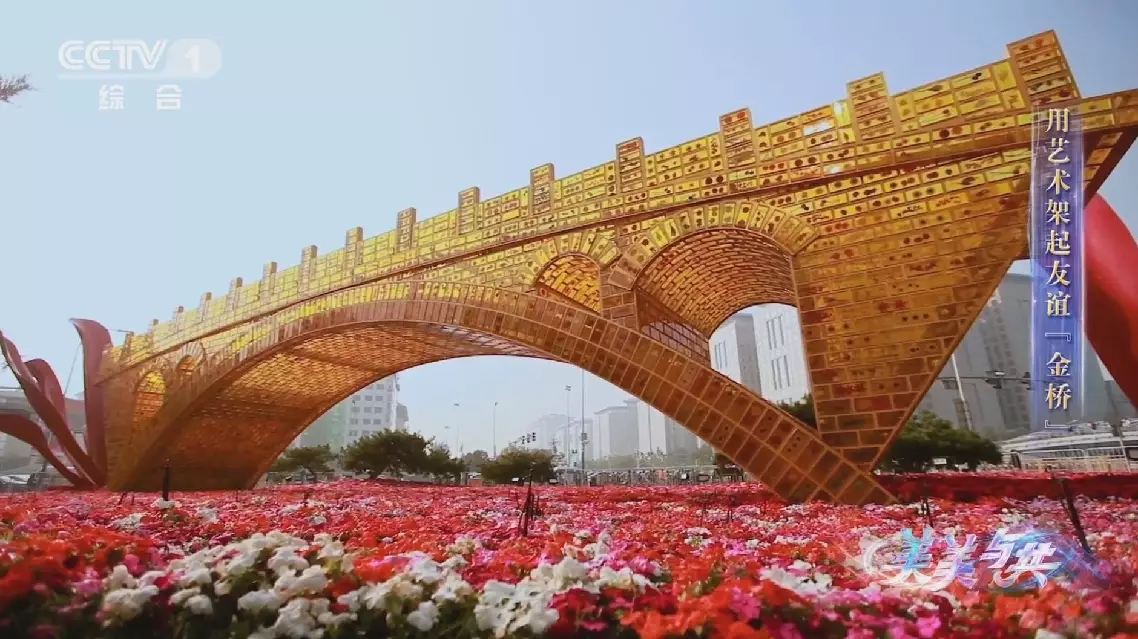
BRI-themed artwork inspired by ancient Zhaozhou Bridge resonates with global visitors














